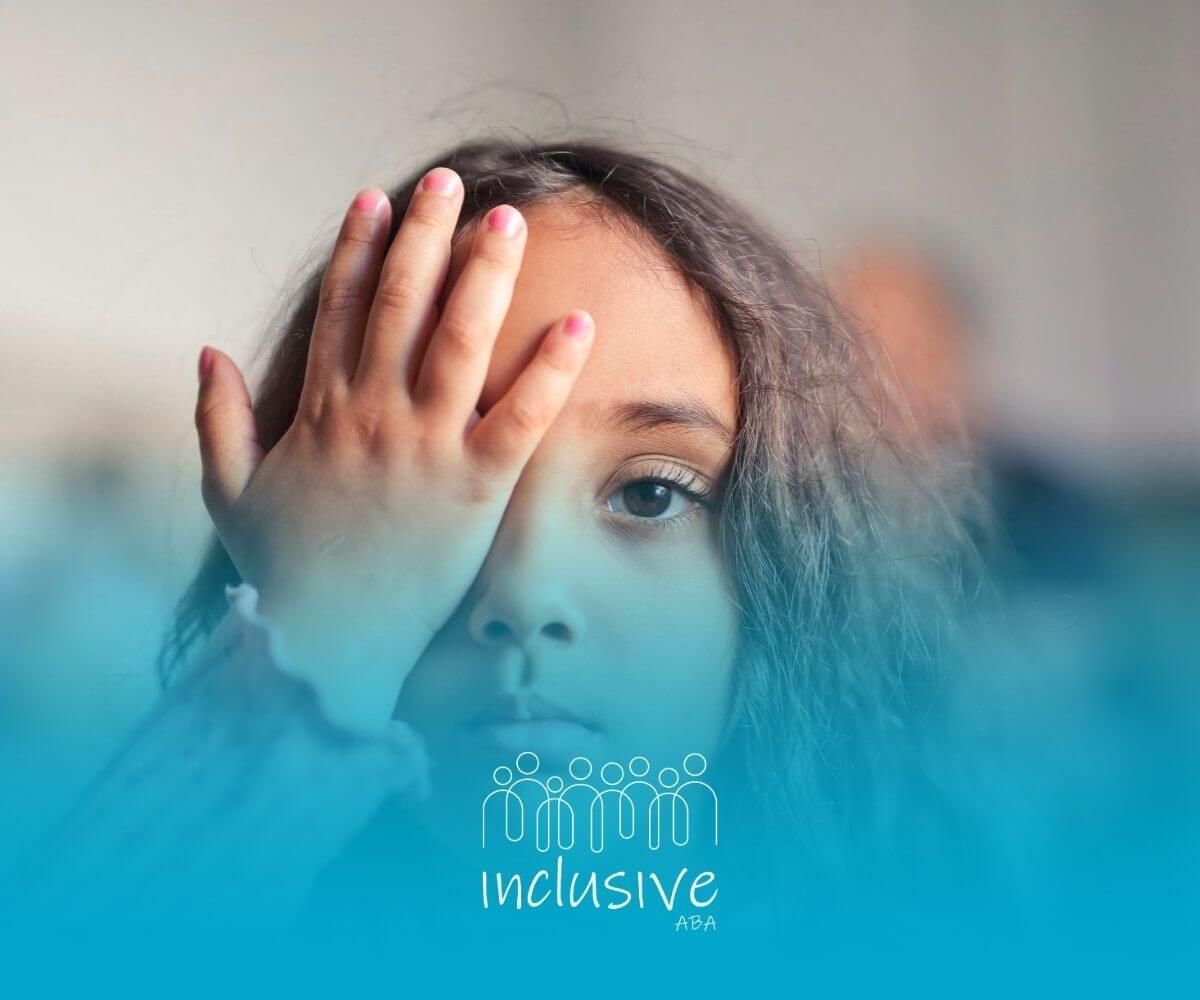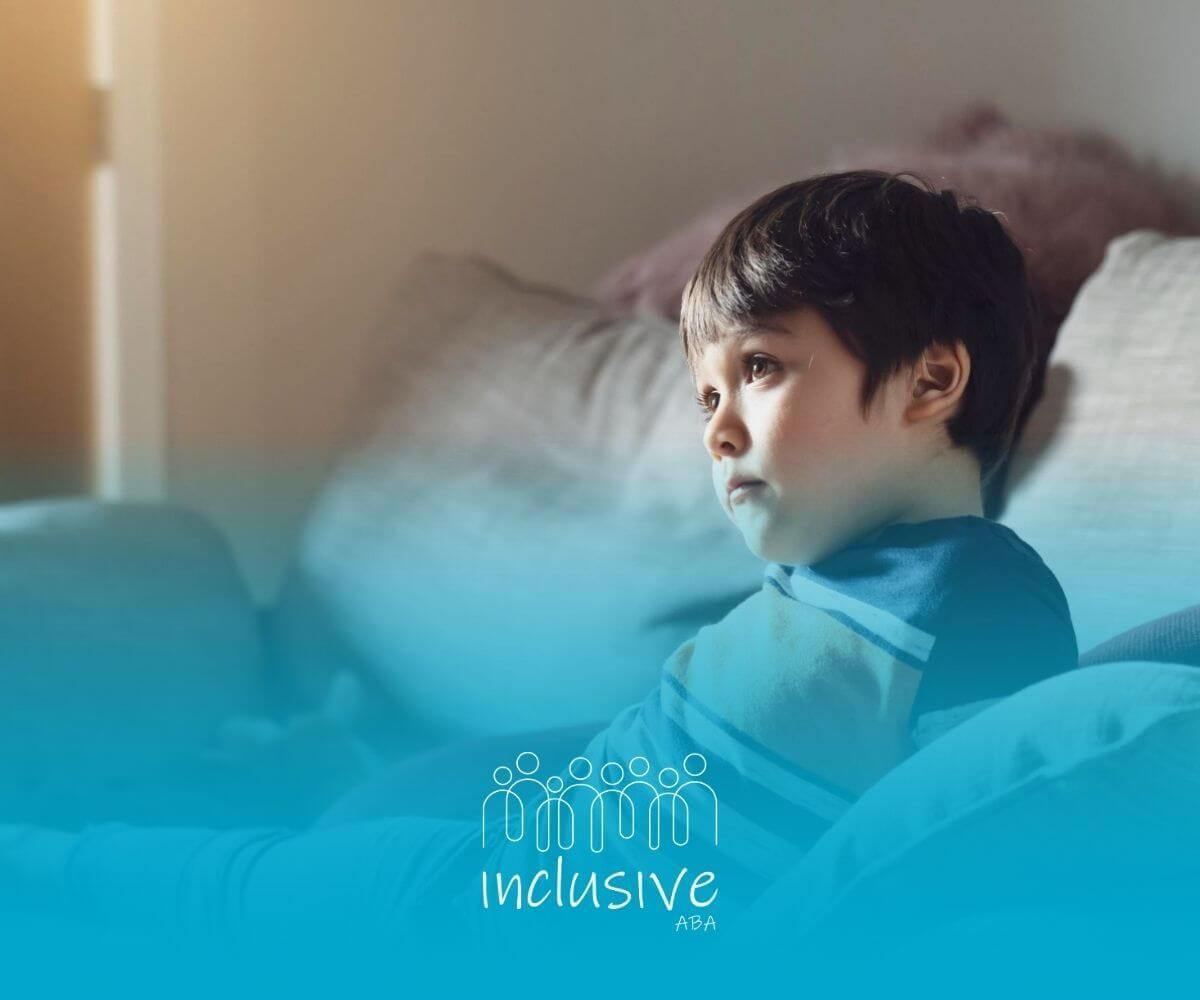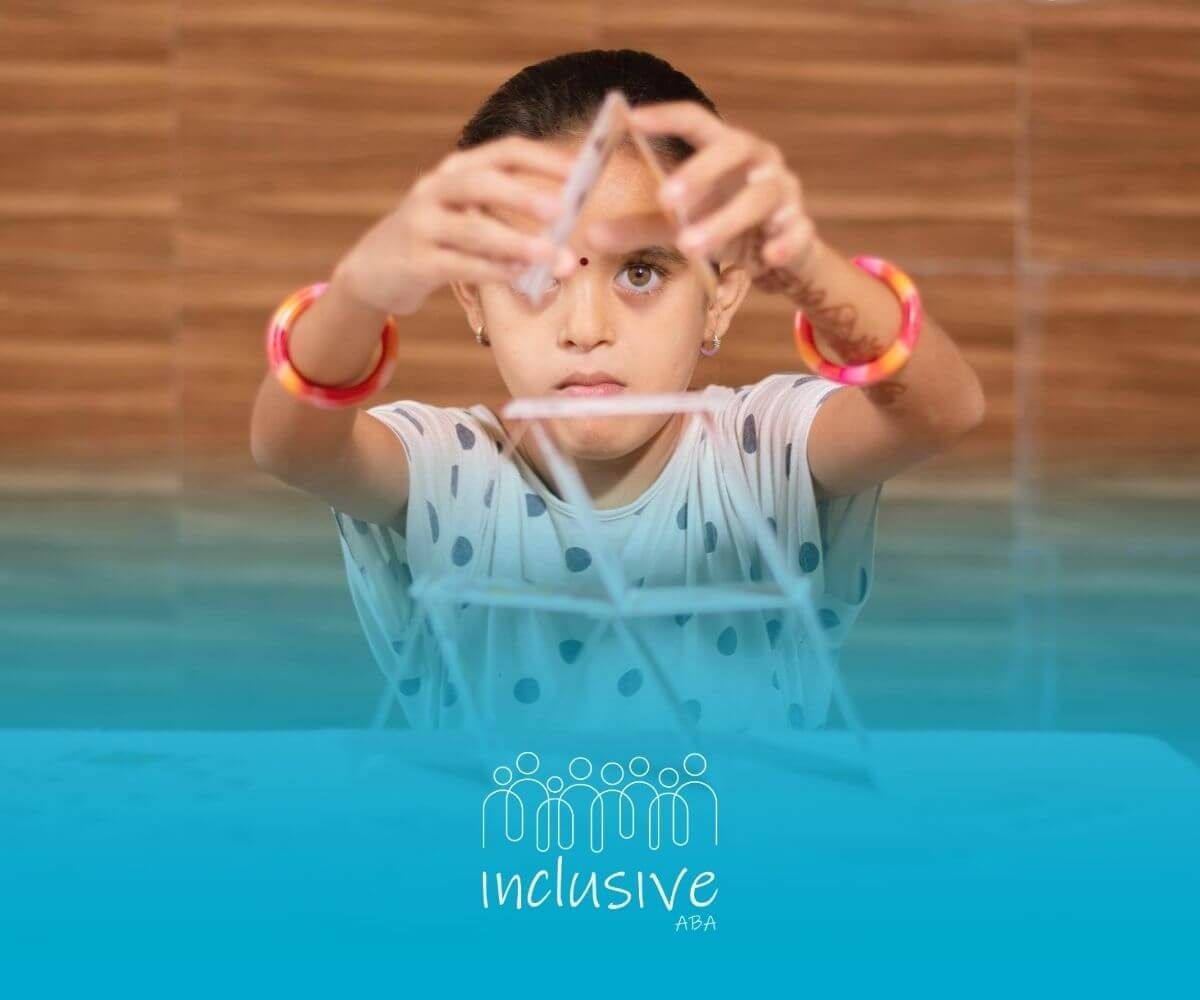Recognizing Autism Symptoms in Children
Understanding Autism Spectrum Disorder
Autism Spectrum Disorder (ASD) affects how people communicate, mingle with others, and behave. Getting familiar with these quirks is vital for parents, family, and teachers who work with kids diagnosed with autism.
Communication Challenges
When it comes to chatting, folks with ASD often hit speed bumps. Some might not speak at all, while others might talk all right but say things in a quirky way or sound different. Then there's echolalia, where kids echo back sounds or phrases like parrots. Check out Texas Health & Human Services for more info.
Some kids get creative with how they talk, using pictures or nifty talk-devices instead of words. Knowing these various ways kids express themselves is super important for striking up effective conversations and providing proper support. Here's a quick rundown of common communication styles linked with ASD:
| Communication Style | What's It About |
|---|---|
| Nonverbal Communication | Just not talking or lacking the words |
| Quirky Speech | Speaking in strange tones, repeating sounds, or using odd phrases |
| Echolalia | Saying the same phrases people around them say |
| Communication Tools | Using picture boards or gadgets that generate speech |
Social Interaction Difficulties
Kids with ASD often have a tough time getting the hang of social skills. This can make their way of connecting with folks unique, like not batting an eye to a hello, missing eyeball contact, or floundering to catch on to social clues. The CDC has more on this.
These social quirks can make it hard to make friends or join in on group shenanigans. Here's a snapshot of the usual social hiccups:
| Social Hiccup | What's Happening |
|---|---|
| Lack of Eye Contact | Keeping eye contact can feel like a big deal |
| Cues Confusion | Having a hard time with reading body language and vocal tones |
| Peer Engagement Reluctance | Shying away from playing or chatting with other kids |
Restricted Behaviors
Autism often brings along habits that are a bit on the repetitive or restricted side—like non-stop hand-flapping, endless spinning of objects, or an obsession with certain topics. Such acts can bring comfort and ease anxiety when the going gets tough.
Here's a look at some common repetitive habits kids with ASD might show:
| Restricted Habit | What's It About |
|---|---|
| Repetitive Moves | Like twirling, rocking, or flapping hands |
| Strict Routines | Prefer keeping things the same, every single time |
| Obsession with Certain Interests | A laser focus on specific subjects, sometimes ignoring everything else |
Understanding these prominent challenges can really shape how interventions and support are tailored to help kids showing autism symptoms. It's a big deal for parents, teachers, and pros to spot these signs to lend a hand and foster understanding.
Recognizing Autism Symptoms in Children
Spotting those autism clues early on is key for getting kids the right support. Let's break down what to look for in both the little ones and the older kiddos.
Early Signs and Symptoms
Lots of kids with Autism Spectrum Disorder (ASD)
start showing signs by the time they're 12 to 18 months old, maybe even earlier. It's really important for parents and caregivers to keep an eye out for some early hints:
| Early Signs | What to Watch For |
|---|---|
| Limited Eye Contact | Little or no eye contact or visual engagement. |
| Lack of Shared Interest | Not expressing interest in sharing experiences or pointing things out. |
| Delayed Speech | Not using words much or not reacting when their name is called. |
| Repetitive Behaviors | Doing the same actions repeatedly, like rocking or hand-flapping. |
| Unusual Sensory Responses | Overreacting or not reacting enough to sounds, lights, or textures. |
Symptoms in Young Children
When you're dealing with toddlers and preschool kids, the signs can be a bit clearer. Teachers and parents sometimes miss developmental delays if a child shows strong skills in certain areas. Some usual signs are:
| Symptoms | Examples |
|---|---|
| Language Delays | Not using single words by 12 months, or two-word combos by 24 months. |
| Difficulty with Play | Trouble with pretend play or playing with others. |
| Limited Social Interactions | Having a hard time playing near other kids or being part of group activities. |
| Fixation on Specific Topics | An intense interest in specific subjects or objects, often neglecting other areas. |
Symptoms in Older Children
As kids get older, the symptoms can shift or become more obvious. It's essential to catch these behaviors early for proper evaluation and help:
| Symptoms | Examples |
|---|---|
| Social Difficulties | Issues with grasping social cues and making friends. |
| Language Nuances | Struggles with understanding jokes, sarcasm, or idioms. |
| Rigid Routines | A strong need for routine and resistance to change. |
| Emotional Regulation | Difficulty handling emotions, which might lead to outbursts or withdrawal. |
If you notice some of these hints, it's a good idea to ask for help sooner rather than later. Getting a diagnosis can unlock the door to the right support and resources. Knowing these signs leads to better conversations about autism and the support systems available, as seen in our pieces on what is autism spectrum disorder and autism diagnosis criteria.
Diagnosis and Evaluation Process
Diagnosing autism spectrum disorder (ASD) in kids is a big deal, making sure they get the resources and support they need. It involves checking in with pediatricians, specialists, and using specific tools to pinpoint what's going on.
Pediatrician Check-Ups
The kickoff for autism diagnosis usually starts with a pediatrician, looking at how a child’s development is going during well-child visits when they’re around 18 and 24 months. Your friendly neighborhood pediatrician keeps an eye out for any bumps in the road to healthy growth at each visit. The American Academy of Pediatrics recommends sprinkling in some autism-specific checks even when things seem fine on the surface.
While doctors chat with parents about their child’s history or watch how a kid behaves, they gather clues that might hint at autism early on. It's like being a detective with a stethoscope!
Specialist Meet-Ups
If a primary doc spots something fishy, they might send your child to a specialist for a closer look. These pros include psychologists, neurologists, and speech folks who deploy a variety of tests tailored to your kid's needs.
| Specialist Type | Evaluation Style |
|---|---|
| Neurologist | Checks how your brain's working, especially if seizures are an issue |
| Audiologist | Tests hearing to see if there are any listening hurdles |
| Occupational Therapist | Looks at how well a child can move and groove |
| Psychologist | Digs into thinking and how kids act |
All these evaluations help piece together a plan tailored to the child. Tools like Cognoa ASD Diagnosis Aid, with its machine-learning magic, help specialists track what's going on with the child and fine-tune early diagnosis.
Diagnostic Criteria and Tools
Making sure everything’s just right means pulling in specific criteria and tools. One of the big guns, the Autism Diagnostic Observation Schedule (ADOS-2), plays nicely with the DSM-5 criteria for autism but isn't a one-stop-shop. Diagnosis is evolving, and tools are getting better all the time.
During these checks, specialists peek into how kids communicate, make friends, and handle their world. Gathering all this info from doctor visits, specialist tests, and solid tools helps pinpoint autism and sketch out how best to help. For more in-depth info, hop over to our article on autism diagnosis criteria.
Variances in Symptom Presentation
Spotting autism symptoms in children ain't always a walk in the park. A jumble of things, like gender quirks, smarts, and the knack for hiding signs, can throw a wrench in the works.
Gender Differences
Check this out—research shows boys and girls show autism symptoms in their own ways, and that means diagnosis isn't always on point. While boys might shoot up red flags sooner, girls can keep their signs on the down-low, making it tricky for folks to catch on quick.
Peep this table showing how stuff shakes out between genders:
| Symptoms | Boys | Girls |
|---|---|---|
| Social Interaction | Often more overtly withdrawn | May engage in more social play |
| Communication Challenges | More pronounced difficulties | Subtle or advanced language use |
| Repetitive Behaviors | More recognized behaviors (ex. spinning) | May use imaginative play |
Cognitive Abilities
A kid's noggin plays a big role in how we spot autism. Some whiz kids flaunting killer skills in a specific area (like drawing the next Mona Lisa or solving math puzzles) might trick us into missing other hiccups. Unless someone’s on the lookout, those delays might just fly under the radar.
Kids packing brainpower might fool grown-ups with their smart tricks, kicking butt in things like math or art while social stuff goes haywire. This can throw a wrench for teachers and parents trying to unlock what they truly need.
| Cognitive Abilities | Potential Impacts on Symptom Recognition |
|---|---|
| Advanced Skills | May overshadow social/communication delays |
| Average Skills | Symptoms may be more easily recognized |
Masking of Symptoms
Some autistic kids become masters at blending in, picking up cues from big-hearted siblings or buddies. While it looks like teamwork, this can hide what they're really dealing with. Masking, though it feels like a win, throws a spanner in detecting autism.
How do these kiddos cloak their symptoms? Check it out:
| Masking Techniques | Example |
|---|---|
| Copying Peers | Imitating social cues and behaviors |
| Hiding Discomfort | Suppressing meltdowns or frustrations |
| Adapting Interests | Engaging in activities dominated by peers |
Grabbing these symptom quirks by the horns is mega vital to catching autism early and teeing up the right help for kids. Craving more info on autism? Scoop up the details in our article on causes of autism spectrum disorder.
Importance of Early Intervention
Early intervention is like giving a child with autism spectrum disorder (ASD) a head start in life. It can really change the game for both the child and their family.
Timeline for Early Intervention
You might be surprised to learn that kiddos can sometimes be diagnosed with autism before they're even 2 years old. Yep, it's true. Some kids might even take a step back in their development around this time. Usually, early interventions kick off before they hit preschool, sometimes as young as age 2 or 3 because their brains are soaking up tons of info like sponges at this stage.
| Age Range | Recommended Actions |
|---|---|
| 0 - 2 years | Keep an eye on how they're growing, and talk with the doc |
| 2 - 3 years | Start checking things out if something seems off |
| 3+ years | Get into interventions and therapies just for them |
Benefits of Early Intervention
Getting started with early intervention can lead to a heap of benefits. Kids who get help early on often do better when it comes to talking, making friends, and managing their behavior than those who don’t. Some studies even say it can bump a kid's IQ up by about 17 points, proving that jumping in early is a smart move.
| Outcome Area | Benefits of Early Intervention |
|---|---|
| Communication | Better at talking and expressing themselves |
| Socialization | Easier to make friends and play nicely |
| Behavior | More self-control and fewer problems with acting out |
Long-term Impact and Outcomes
The changes that early intervention brings can really stick with a child into the future. With the right starter kit of support, kids often pick up the skills they need for being more independent and enjoying life more. The earlier they get started, the more room there is for growing, learning, and thriving.
Early intervention opens doors for families to empower kids with autism to move through social situations, handle school better, and pick up essential life skills. The difference that early support can make helps pave the way for brighter, more satisfying lives for kids on the autism spectrum.
State Programs and Support
Getting the right help for children with autism is a big deal. Lucky for us, plenty of state programs are out there to lend a hand when it comes to early intervention services. Here, we'll chat about what's available through early intervention programs, what the IDEA has in store, and how different states step up to the plate.
Early Intervention Programs
Early intervention programs are absolute game-changers for kids with developmental delays and disabilities, especially the little ones from birth to the age of two. States across the US each run their show with personalized programs perfect for their tiny residents with autism. These programs give kids the building blocks they need during their first two years. Lots of studies out there show that getting this early help can lead to brighter days as kids with autism grow up.
Common goals of these programs include:
| Goal | Description |
|---|---|
| Skill Acquisition | Teaching kids how to make friends and chat with others. |
| Behavioral Improvement | Toning down some of the tricky behaviors that often come with autism. |
| Family Support | Giving families the tools and fun tips they need to help their kiddos bloom. |
Services Under IDEA
The Individuals with Disabilities Education Improvement Act (IDEA) has got your back when it comes to early services for kids with autism. Part C of IDEA is where all the action happens, offering coordinated services to kids and their families who need a little extra support.
Here’s what IDEA brings to the table:
| Service Type | Description |
|---|---|
| Evaluation | Checking out what the child needs and what services fit them best. |
| Individualized Family Service Plan (IFSP) | A plan made just for your child and family, packed with services and support. |
| Transition | Helping families with the switch when little ones head to public school at around age three. |
States also toss in a bunch of resources for kids who might face developmental delays, so that families have all they need to support their child's journey.
State-specific Assistance
If you're hunting for some extra help, your state probably has something lined up. Each state runs its special early intervention programs under IDEA rules. To connect with local services, reach out to your state’s Department of Education or Children and Family Services.
Check out this support network:
| State | Program | Contact Information |
|---|---|---|
| Colorado | Colorado Early Intervention Program | Colorado Services |
| Nebraska | Nebraska Early Development Network | Nebraska Services |
| Nevada | Nevada Early Intervention Services | Nevada Services |
Exploring your state's resources is a must. They're designed to encourage awesome growth for kids on the autism spectrum.
SOURCES:
https://www.cdc.gov/autism/signs-symptoms/index.html
https://www.nidcd.nih.gov/health/autism-spectrum-disorder-communication-problems-children
https://www.nhs.uk/conditions/autism/signs/children/
https://www.nichd.nih.gov/health/topics/autism/conditioninfo/diagnose
https://www.webmd.com/brain/autism/how-do-doctors-diagnose-autism
https://www.nichd.nih.gov/health/topics/autism/conditioninfo/treatments/early-intervention
Looking for Expert Help? We're Here for You!
Our compassionate and skilled team is devoted to enhancing your child's development through customized ABA therapy. Let us partner with you to create a supportive environment for your child's success.
Discover how we can help your family thrive with expert ABA therapy.
Related Posts







